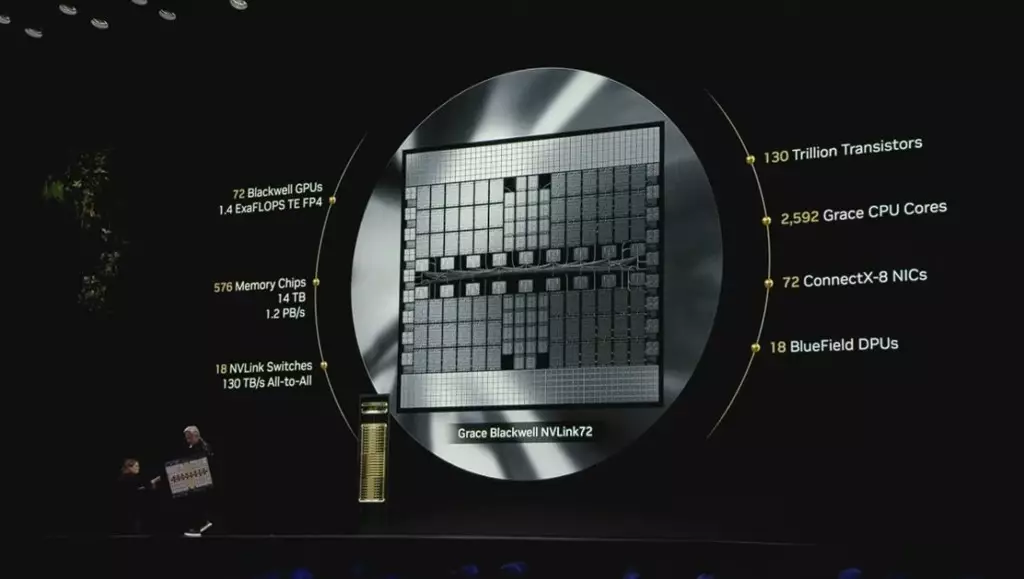The recent move by the Trump administration to avoid imposing hefty tariffs on electronics marks a pivotal moment in the intersection of politics and technology. This decision, emerging amidst fluctuations in the stock market, raises pertinent questions about the future dynamics of America’s tech industry and its global standing. By excluding key consumer electronics, mainly sourced from China, from a staggering 145% tariff, the administration seems to pivot towards maintaining market stability rather than pursuing a combative trade strategy. This shift invites scrutiny not only regarding its immediate impact but also the underlying issues rooted in American manufacturing and technological innovation.
The Tariff Dilemma: A Short-Sighted Fix?
The implications of tariffs—especially on electronics—cannot be dismissed lightly. The potential fallout from imposing such tariffs could have resulted in skyrocketing prices for everyday technology. A scenario where the cost of an iPhone might leap from $1,000 to an astounding $3,500 highlights a worrying disconnect in U.S. production capacity versus consumer demand. It begs a fundamental inquiry: Is this reluctance to impose tariffs merely a strategy to placate tech lobbyists and investors, or is it a necessary recalibration in an industry grappling with significant challenges?
The truth is, relying on tariffs as a unilateral remedy for the U.S.-China trade conundrum does nothing to resolve the industry’s deeper woes. With only 14% of the global semiconductor market, America’s technological prowess is under threat, and merely switching tariff policies reflects a flimsy strategy. European and Asian counterparts have surged ahead, underscoring the need for a robust investment in domestic capabilities rather than wielding tariffs as a bludgeon against competitors.
The Semiconductor Conundrum: Beyond Tariffs
While the suspension of tariffs offers immediate relief to companies like Apple, the real challenge lies in addressing the monumental task of revitalizing the U.S. semiconductor industry. Experts are not shy in their assessment: this is a battle of endurance, requiring years of sustained investment and innovation to regain lost ground. The competition from Asian giants such as Taiwan’s TSMC has fundamentally altered the landscape, making the simple reinstatement of tariffs an inadequate solution.
Admittedly, legislative measures like the U.S. Chips and Science Act represent steps in the right direction, but they remain insufficient for effectively boosting domestic semiconductor manufacturing. Many analysts contend that the financial backing being poured into these initiatives will barely scratch the surface of what is needed to turn the tide. The ambition to increase domestic manufacturing capabilities up to 14% by 2032 cannot be viewed as an adequate response when compared to the vast strides made by international competitors.
Workforce Challenges: An Underlying Hostage of Policy
Sorting through the root of the issue, the inadequacies of America’s education system in producing a technically skilled workforce become glaring. The U.S. faces a stark shortfall of engineers and other professionals in STEM fields, a crisis compounded by a surge in graduates from countries like China. This labor issue brings forth an uncomfortable reality: how can America reclaim its technological prowess without the talent necessary to innovate and excel?
The lack of educational resources geared towards advanced technology sectors raises significant questions about the future. Improving STEM education is crucial—not only to support sectors that could potentially relocate back to the U.S. but also to ensure that domestic industries can compete effectively. A dearth of skilled professionals could cripple technological advancement, reinforcing my belief that any policy focused solely on trade disputes without addressing educational reforms is fundamentally misguided.
Political Calculations vs. Sustainable Solutions
At first glance, the Trump administration’s stance on tariffs could be viewed as an assertive approach to reclaim control over technology manufacturing. However, as this simplistic ambiance wears off, the weaknesses become evident. A narrative focused merely on tariffs disregards the intricate challenges hampering the U.S. tech landscape’s rejuvenation. Investments from large corporations like Apple and Nvidia should not be misconstrued as panaceas; they may serve as temporary balm on gaping wounds left by ineffectual policies.
The ongoing evolution of America’s tech industry rests precariously on finding a balance between immediate tactical responses and the long-term structural reforms desperately needed. The mingling of trade policies, labor market realities, and educational reforms creates a complex tapestry that requires genuine discussion and action rather than superficial quick fixes. In a time where the global trade framework is shifting, the prudent path involves introspection and fortitude rather than mere retaliation against foreign competitors. The future lies in embracing innovation, fostering talent, and establishing a resilient manufacturing ecosystem that underscores America’s place in the global tech hierarchy.









Leave a Reply